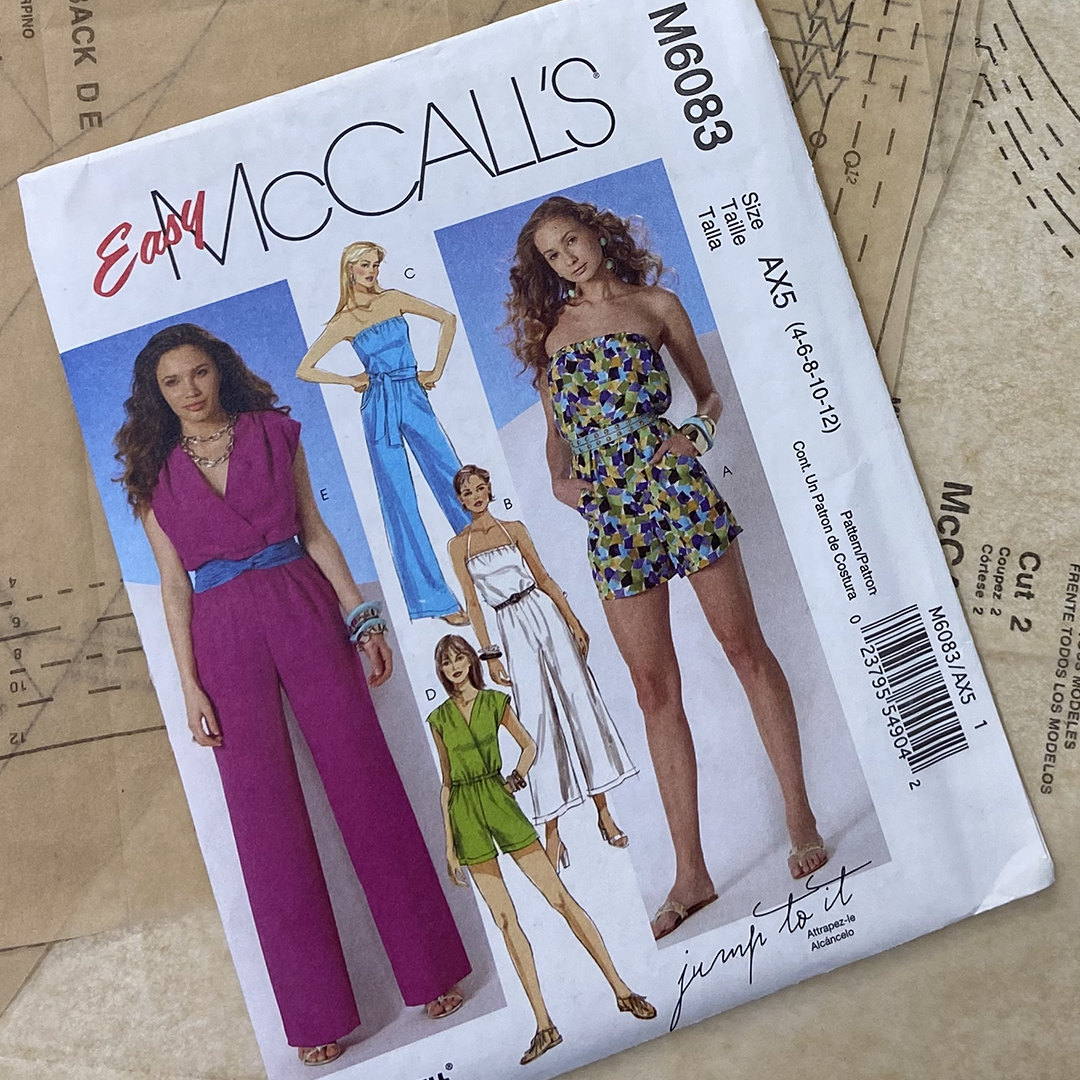In Fitting Fashion
Lessons, Techniques, and Inspiration for Mastering the Art and Science of Fit
An oversized, comfy sweater is always the first thing I reach for on a chilly morning. The Sunny Knit Top by Style Arc is a pattern that I've had for quite a while. I put it on my Fall season wardrobe...
There is no question that knit garments are comfortable to wear and quick to sew but while most would say they are also "easy to fit", you may have found that it's difficult to determine what the fina...
How is your new season sewing coming along? I've got quite a few pieces all made up and I can't wait to show you.
If you watched the most recent video series on How to Plan a Handmade Wardrobe that W...
If you've been following along with this month's video series, you're likely starting to see how planning a handmade wardrobe can help you be more strategic with your pattern choices to make the most ...
Are you thinking about sewing for the new season yet?
If you are, stick around, we're about to begin Phase 3 of How to Plan a Handmade Wardrobe that Works. Today we're going to take a closer look at ...
If you've got a closet full of "me-mades" that you love but don't seem to be wearing as much as you intended, I've got some insights you can use to change that. This week, I'm sharing the 2nd phase of...
If you were to hang all your handmade garments on a single clothing rack, how many of those pieces would work together? Is there a garment hanging there that you love but you've never worn because not...
I've been thinking about wardrobe building a lot lately.
My personal sewing time is pretty limited, so I want to make sure that what I make will fit seamlessly into my me-made wardrobe, so this week...
This month the focus has been on using one pattern to create as many garments as possible.
If you've been following along, you'll already know about the McCall's jumpsuit pattern that I also used to ...
If you’ve been following along, you’ll know I been doing some summer sewing lately. This week I’m sharing how I developed a super comfy pair of floaty pants from the McCall's 6083 Jumpsuit pattern.






